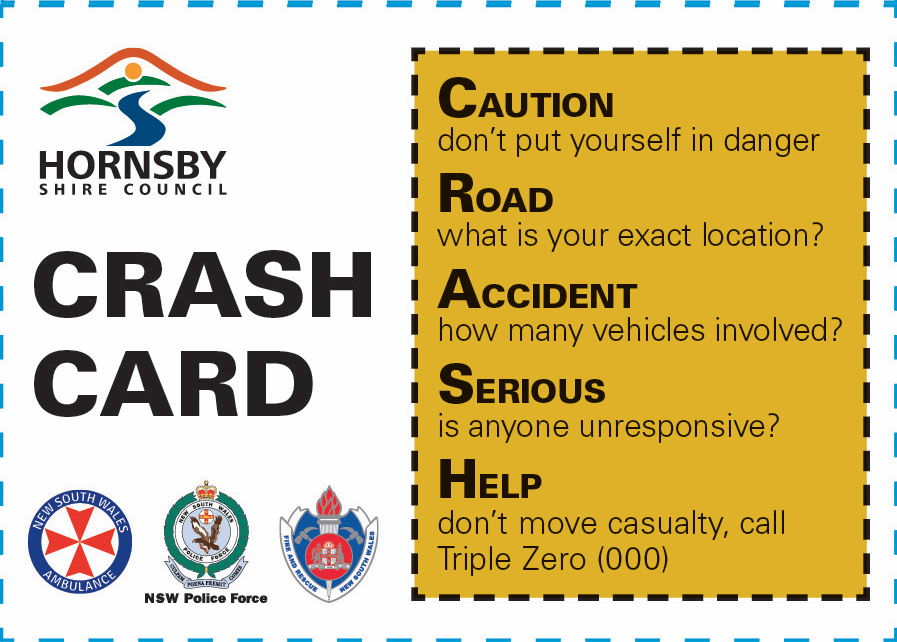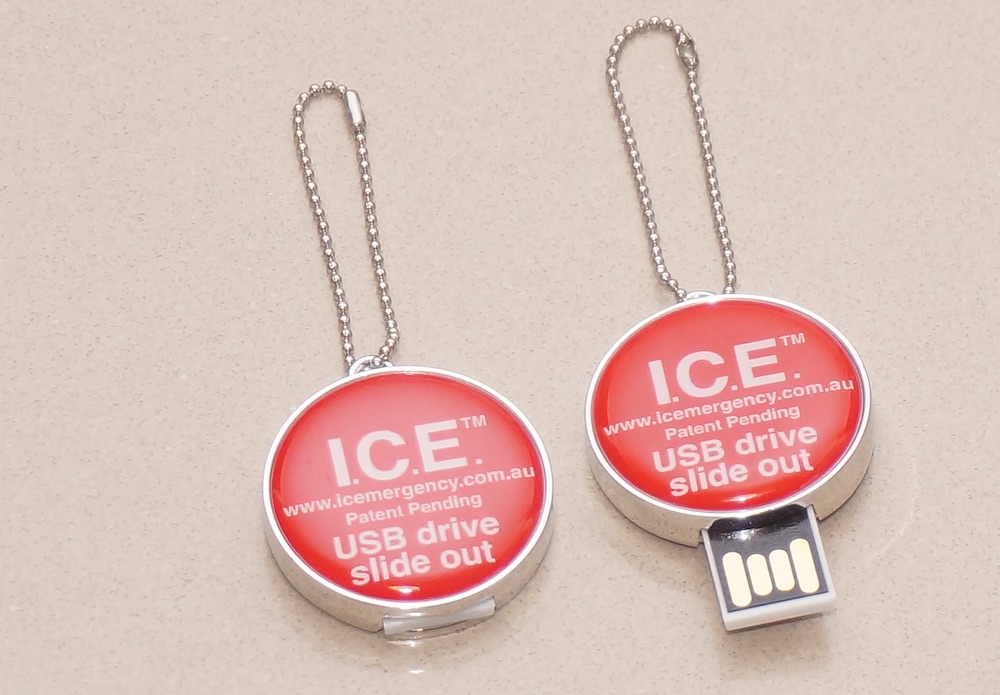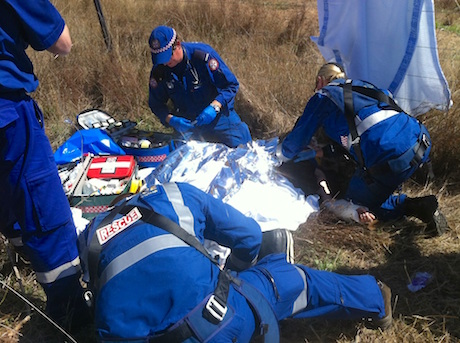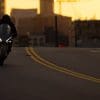A manual for ambulance officers on safe motorcycle helmet removal from a crashed rider is being rewritten to accommodate latest technologies.
Unfortunately, it has not yet been approved or adopted at a national level, but it is being promoted across Australia, New Zealand and PNG by the Council of Ambulance Authorities.
The concern about removing a helmet from a crashed rider is that it could promote a spinal injury. A helmet should only be removed from a rider if they are having trouble breathing.

There are also several different methods for removing a helmet depending on the type of helmet and condition of the rider.
The move to rewrite the helmet removal manual is the work largely of former Motorcycle Council of NSW chairman Christopher “CJ” Burns.
He says most NSW ambulance stations have been contacted about updates on the procedure, a presentation will be made to ambulance educators at an upcoming conference and the information will be written into the NSW CRASH Card.
The free CRASH Card provides emergency service personnel with the rider/pillion’s personal information saving valuable time and assisting with treatment, especially if the rider is either unconscious or unable to communicate.

A red sticker is placed on the outside of the element to advise ambos about the card inside.
Chris says CRASH Card reminder stickers for NSW Ambulances will soon be provided.
Another medical information system is the I.C.Emergency USB stick which you can keep in your jacket pocket, attached to your keyring or placed around your neck with a lanyard.



The I.C.Emergency USB is available to riders through our online shop.



